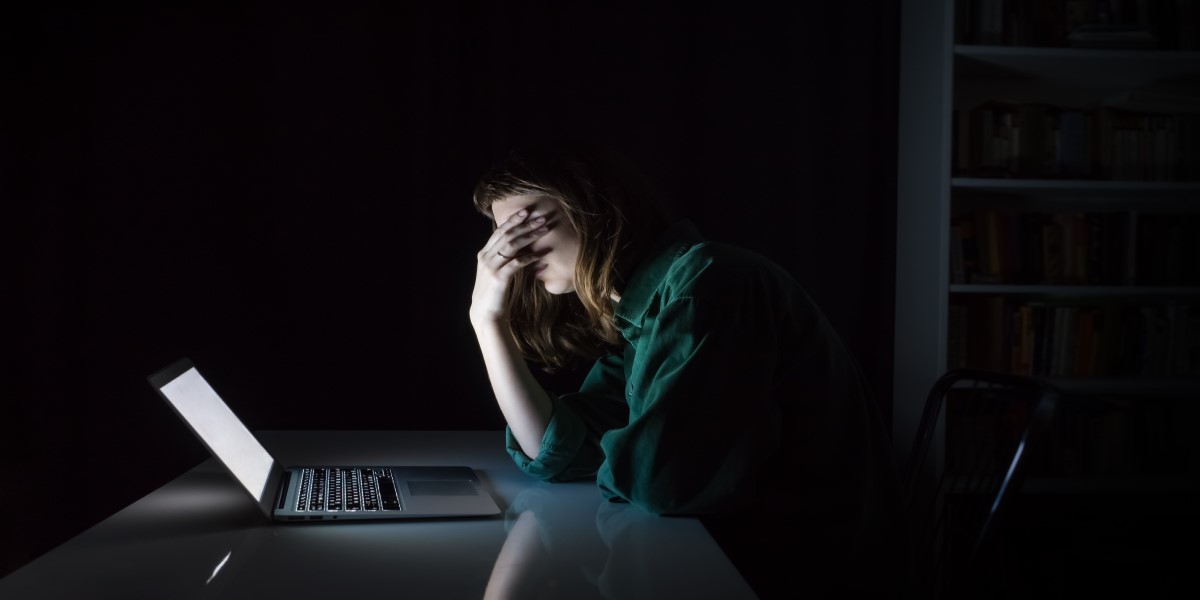
“We are no longer prey to tigers and mastodons but to damage to our self-esteem, ostracism by our group, or the threat of losing out in the competitive struggle. The form of anxiety has changed, but the experience remains relatively the same.”
- Rollo May, Psychologist and Author of ‘The Meaning of Anxiety’
Over the past seventy years, since this book was originally published, our understanding and acceptance of anxiety and other mental disorders has evolved dramatically. However, too often people still struggle with accepting anxiety, how to adapt to it, and learning how to apply coping mechanisms to help overcome it.
Anxiety and the brains response
Anxiety is an emotion that tells us to act. When we are feeling anxious, our ancient ‘reptilian’ brain (the one responsible for fleeing, fighting, feeding, and reproduction) is the first to respond. This part of the brain is what keeps us alive when we’re put into a dangerous or difficult situation. But unlike thousands of years ago, we now don’t have to face the scary situations of being eaten by tigers and mastodons. Unfortunately, when we’re under duress, our brain can’t decipher that the situation isn’t as threating as it once was, and we still respond in a physical way. When we’re feeling anxious, blood stops going to the rational part of the brain and our survival mode kicks in.
How anxiety tricks us into being avoidant
When we’re in an anxiety provoking situation, we often go straight to avoidance – but this only gives us short-term relief (but the catastrophe still builds in our head), so we still have increased anticipatory anxiety (the anxiety cycle) and this leads us to panic in other situations. If we don’t face the situation, we don’t learn that we can cope with the anxiety and that the catastrophe we fear doesn’t actually happen or isn’t as bad as we anticipated it to be.
How can we practically approach anxiety
Because anxiety is a physical reaction, there are a number of techniques that can help you to deal with how you react to it.
- Breathing – when we’re not anxious, our blood levels are balanced. But when we become anxious our blood levels are unbalanced, we breath in a lot of oxygen but are not breathing out as much CO2. When you start to feel anxious, remember to breathe!
- Specific breathing techniques – there are many techniques that work but the most effective one is the one we remember. Square breathing is a technique that helps to slow your body down, gets your lungs and heart working more regularly. Start by…
- Begin by slowly exhaling all your air out.
- Gently inhale through your nose to a slow count of 4.
- Hold at the top of the breath for a count of 4.
- Then gently exhale through your mouth for a count of 4.
- At the bottom of the breath, pause and hold for the count of 4
- Grounding techniques – these techniques help you to be present when feeling anxious. Take slow, deep breathes, and start by moving through this list:
- Sight – 5 things you can see.
- Touch – 4 things you can touch.
- Hearing – 3 things you can hear.
- Smell – 2 things you can smell.
It’s important to remember that anxiety is an important human emotion as it tells us to act. But what we find scary in an anxious moment, does not need to be as overwhelming as our brain is telling us it is. By applying some of the techniques above, you can learn to face anxiety and overcome your fears. Just remember – breathe!



